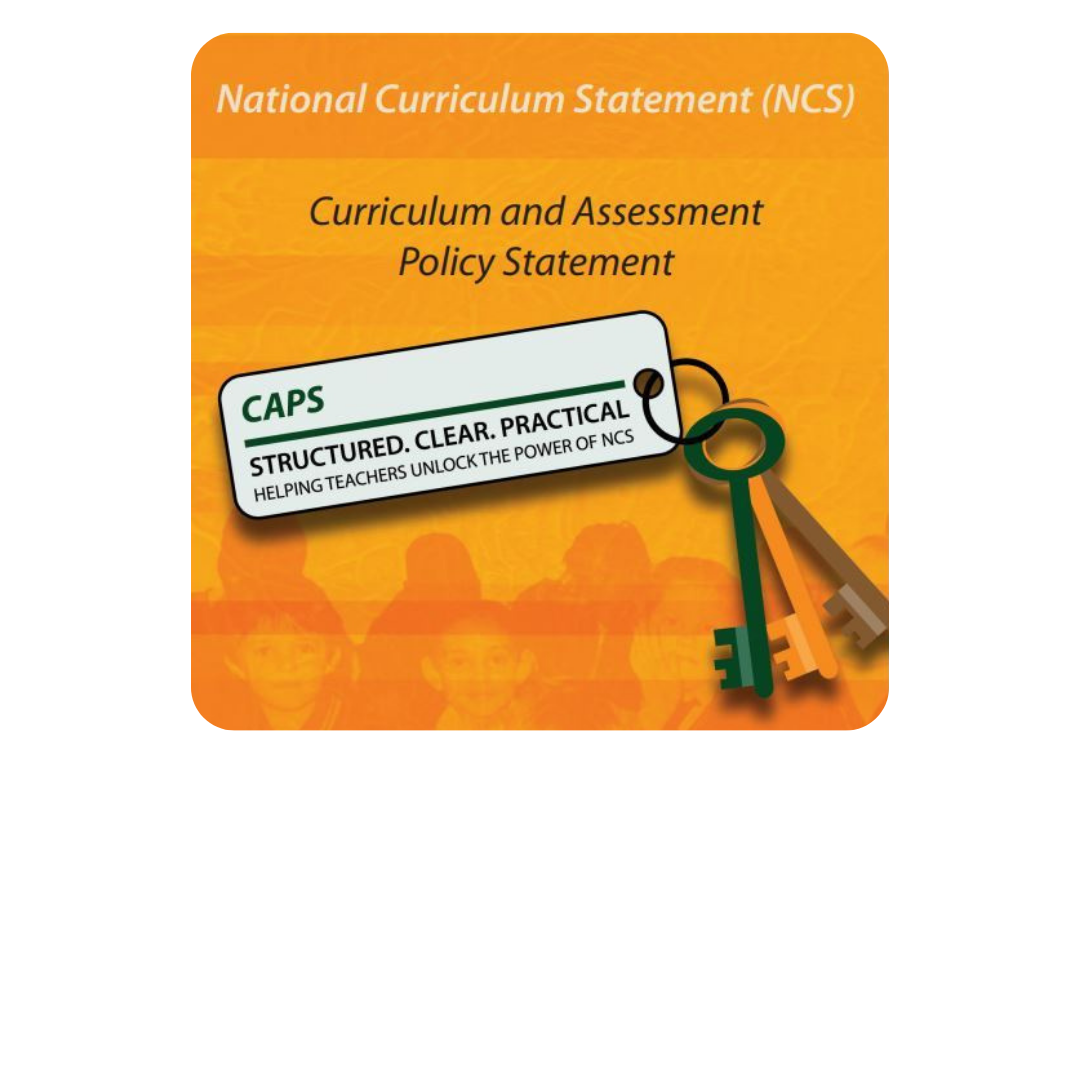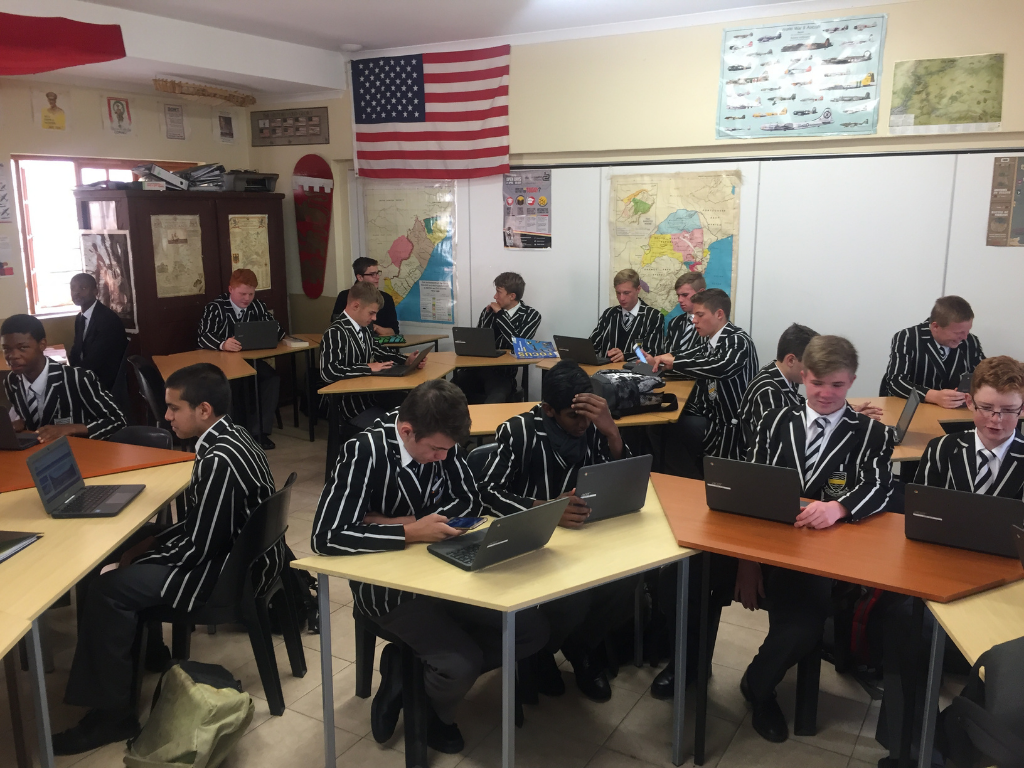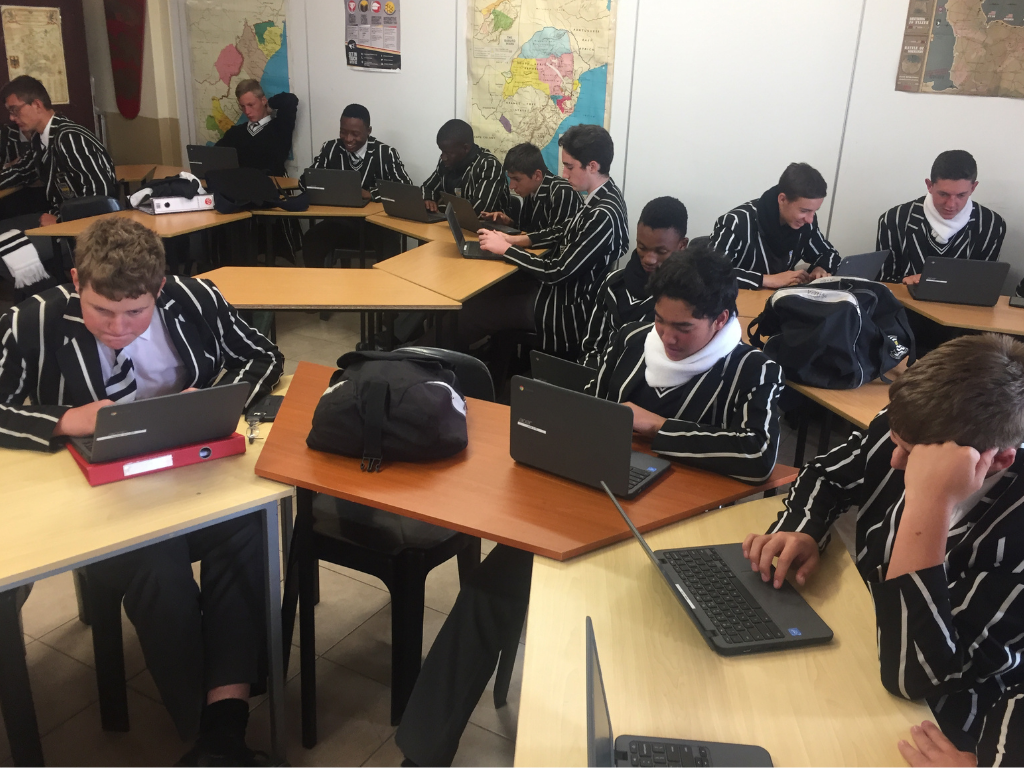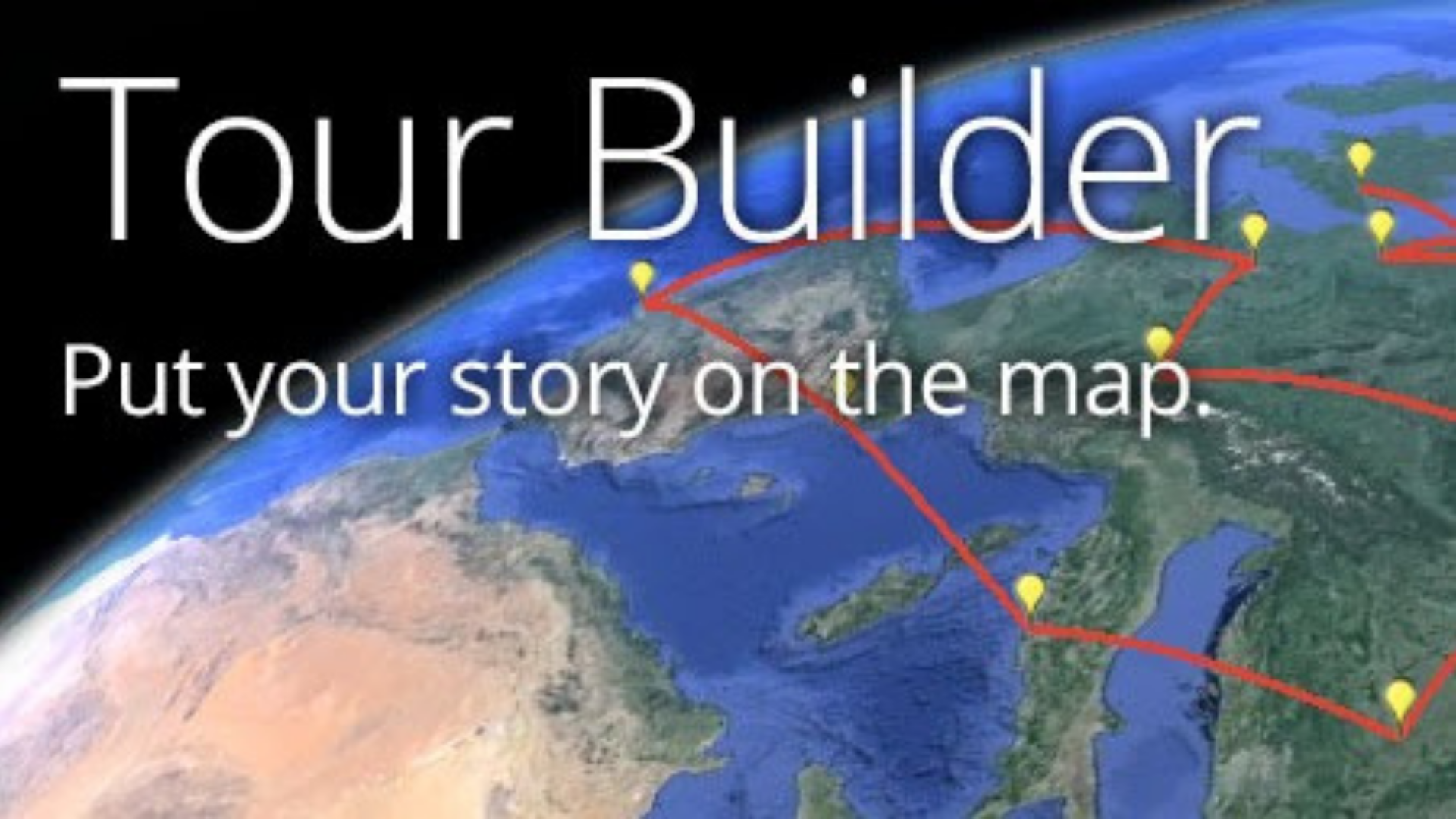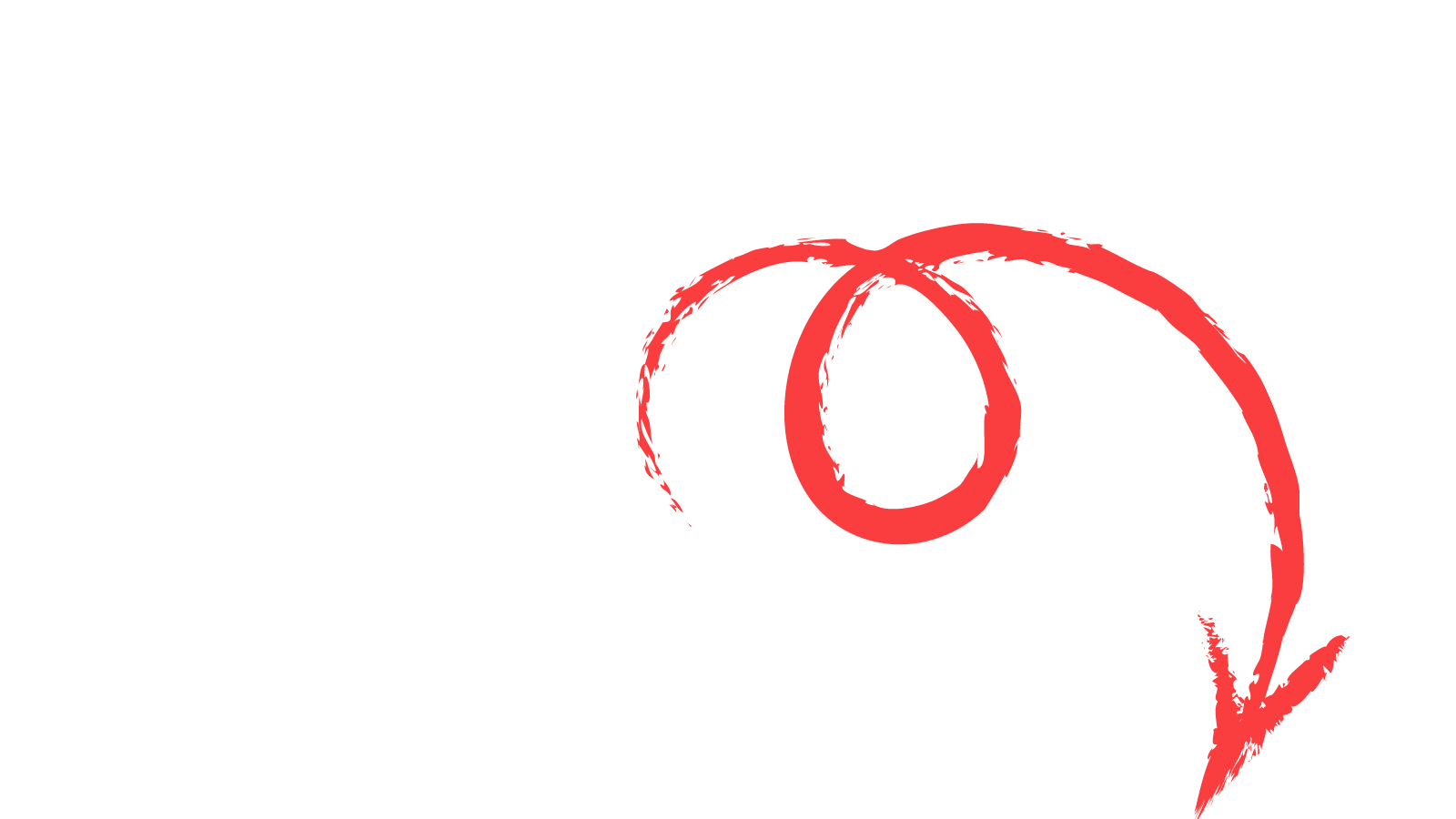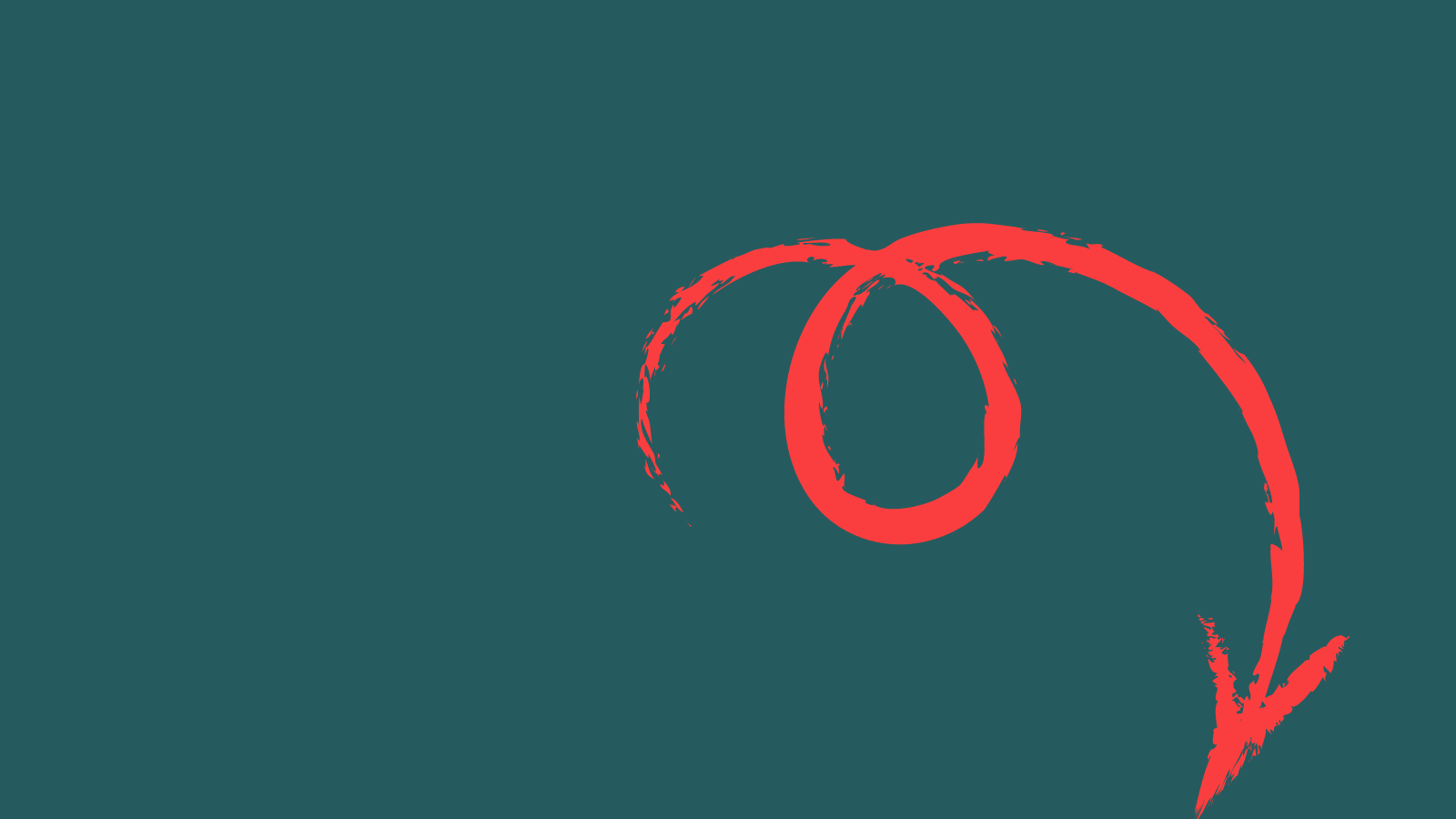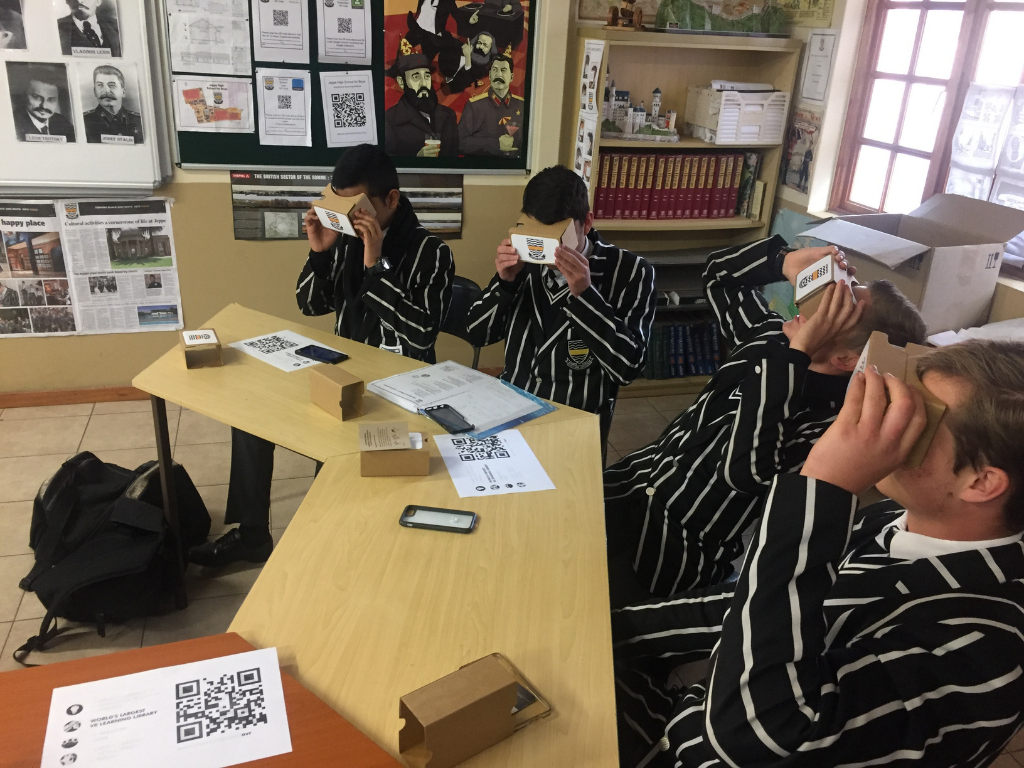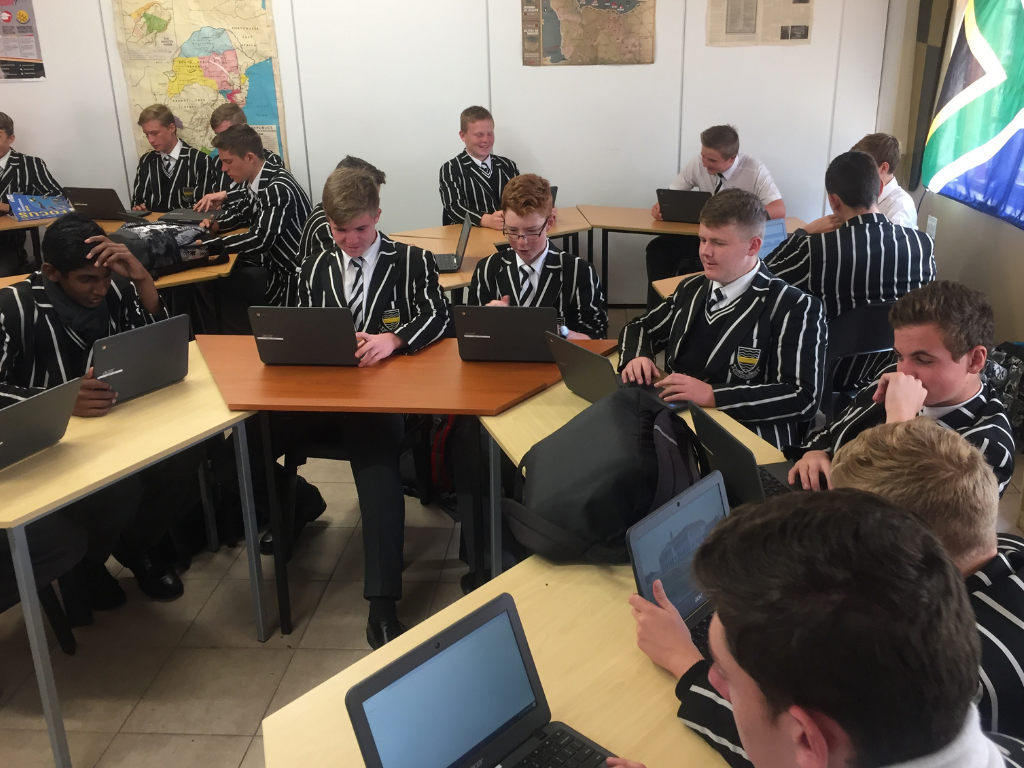PROJECT LAUNCH
My class had a discussion about bias and different viewpoints and fake news in the world at present. We explored whether such things can be acceptable in historical documents and about the concepts of bias, empathy and historical thinking.
DIGITAL TOOLS
We used Google Tour builder as our main online structure as it allows for the students to go on an online field trip and get to experience key sites and areas that they might only read about. But also to help provide context and stories.
COLLABORATIVE RESEARCH
After exploring the content I created, the different groups had to create their own Google Tour. This gave them the opportunity to engage with the content in depth but also exercise their creativity, think critically about which sources they would use in order to be as objective as possible, and work collaboratively to build and tell their version of the story.
STUDENT CREATIONS
The Google Tour builder was just one of the platforms the students could use. Some Students also used Google Cardboard to add a more immersive feeling at the different sites.
PEER FEEDBACK
The students then experienced at least 2 of their peer groups' projects and gave feedback based on the 4C's and evidence of historical thinking.
PRESENTATION TO AN AUTHENTIC AUDIENCE
I had the opportunity to take this concept and present this project l to 4th-year History teacher students at the University of Pretoria as an innovative way to teach students historical thinking where they themselves had to create their own lessons.




